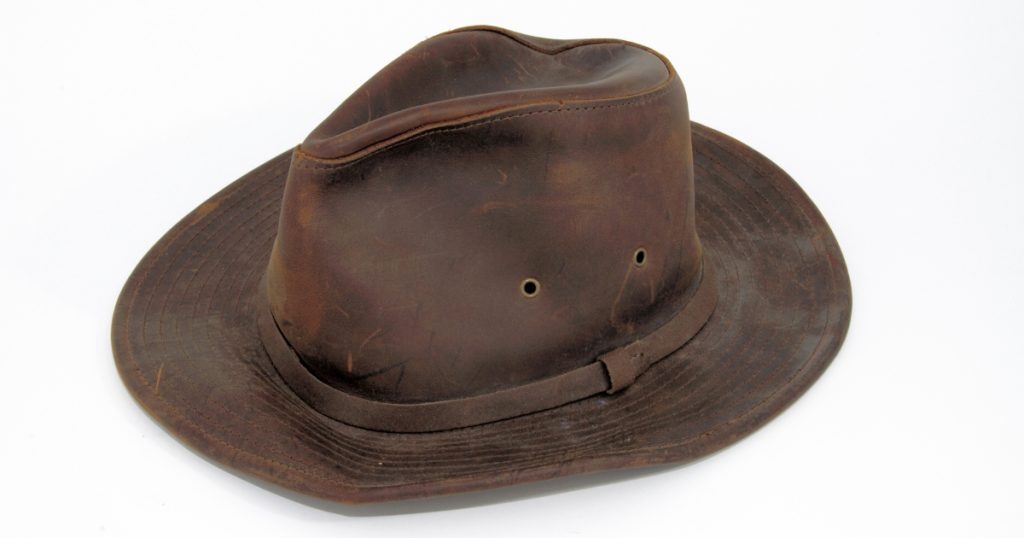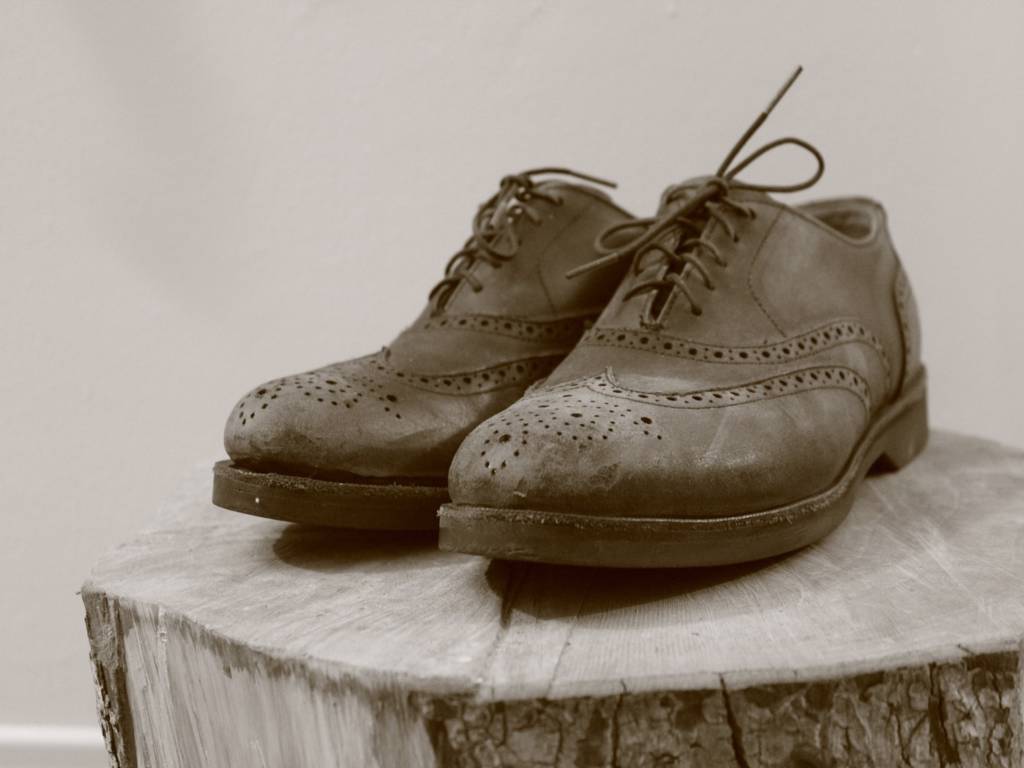1940s Men’s Fashion
In the realm of fashion, the 1940s stands as an iconic era, encapsulating a unique blend of sophistication, resilience, and timeless elegance. The 1940s men’s fashion was more than just a style statement; it was a reflection of an era marked by historical events, societal shifts, and a resurgence of sartorial refinement.
The Influence of War on Fashion
The 1940s were marked by the turbulence of World War II, which had a significant impact on fashion trends. As men were called to serve their countries, practicality and functionality became essential aspects of clothing design. Military-inspired attire, such as utility jackets and khaki trousers, emerged as popular choices for everyday wear. The need for durability and versatility led to the prominence of sturdy fabrics like wool and cotton, ensuring that garments could withstand the rigors of wartime life.
The Signature Silhouettes
Double-Breasted Suits: A Symbol of Authority
During the 1940s, the double-breasted suit emerged as a symbol of authority and style. Characterized by a broad-shouldered silhouette and a snug fit, these suits exuded a powerful and confident aura. The prominent peak lapels and well-defined waist accentuated the masculine physique, making it a quintessential choice for discerning gentlemen.
Zoot Suits: Swinging with Swagger
For those who dared to push fashion boundaries, the zoot suit was the epitome of daring rebellion. With exaggeratedly wide-legged trousers, padded shoulders, and a long, draped jacket, the zoot suit exuded an unmistakable swagger. Often associated with the jazz culture of the time, this audacious ensemble became a cultural phenomenon, challenging traditional norms.
Fabrics and Patterns
Wool and Pinstripes: Understated Elegance
In the 1940s, wool reigned supreme as the fabric of choice for men’s suits. Whether in earthy tones or classic grays, the texture of wool added depth and sophistication to the attire. Pinstripes, another hallmark of the era, became a popular pattern, lending a touch of understated elegance to suits that echoed both refinement and professionalism.
Accessories: The Finishing Touch
Fedora Hats: Crown of Authority
No 1940s ensemble was complete without the distinguished touch of a fedora hat. Worn at a tilt, these hats became a symbol of authority and class. Whether in felt or straw, the fedora added a finishing touch that elevated the overall look, making a bold statement of sophistication.

Wide Ties: A Splash of Color
Ties in the 1940s were not just accessories; they were a canvas for self-expression. Wide ties, often adorned with bold patterns and vibrant colors, became the perfect complement to the neutral tones of the suits. This dash of color injected personality into the ensemble, reflecting the spirit of the times.
Footwear: Stepping into Style
Wingtip Shoes: Classic and Timeless
Wingtip shoes were the footwear of choice for the discerning man of the 1940s. With their distinctive perforated patterns and elegant detailing, these shoes added a touch of class to any outfit. Whether paired with a suit or more casual attire, wingtip shoes were a timeless accessory that embodied sophistication.

The Uniform of Heroes: Military Influence
The 1940s were marked by global conflict, and this influence was palpable in men’s fashion. Military-inspired jackets, adorned with brass buttons and epaulets, became a symbol of strength and solidarity. This infusion of military aesthetics seamlessly blended functionality with fashion.
Striding into Modernity with Classic Shoes
Wingtip’s Enduring Legacy: Where Classic Meets Contemporary Comfort
Wingtip shoes continue their journey into modernity, where classic aesthetics harmonize with contemporary comfort. Craftsmanship meets functionality as modern materials enhance the enduring design. From formal events to casual gatherings, the timeless stride of wingtip shoes adapts to the dynamic pace of the modern gentleman, leaving an indelible mark with every step.
Cultural Influences: Hollywood and Beyond
Silver Screen Elegance
The silver screen played a pivotal role in shaping 1940s fashion, with Hollywood’s leading men serving as beacons of style and sophistication. From the debonair charm of Cary Grant to the rugged allure of Humphrey Bogart, these iconic figures set the standard for male elegance, captivating audiences with their impeccable taste and effortless charisma. Their on-screen personas transcended the boundaries of time, leaving an indelible mark on the fabric of men’s fashion for generations to come.
Conclusion
In revisiting the 1940s men’s fashion, we uncover more than just a collection of garments; we unearth a narrative of resilience, style evolution, and the enduring appeal of classic elegance. The double-breasted suits, zoot suits, wool fabrics, fedora hats, wide ties, and wingtip shoes collectively create a tapestry of fashion that transcends time, leaving an indelible mark on the annals of style.